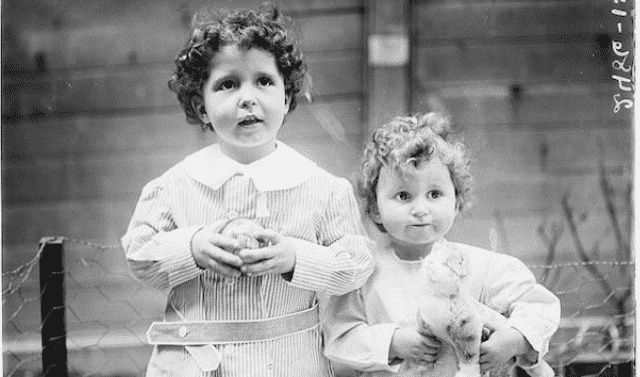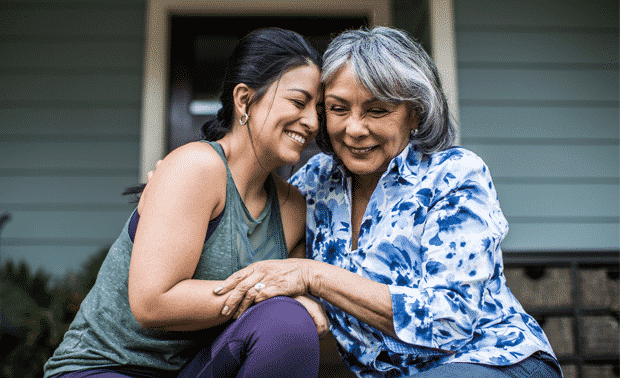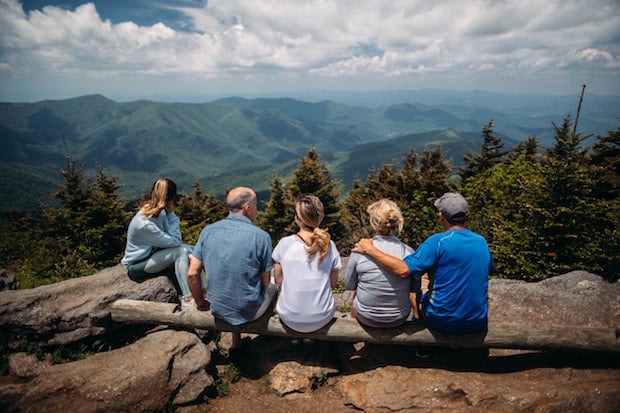Sign up for the Family Tree Newsletter! Plus, you’ll receive our 10 Essential Genealogy Research Forms PDF as a special thank you.
Get Your Free Genealogy Forms
"*" indicates required fields

Trying to discover the identities of your own birth parents means navigating a maze of records access laws, genetic matches and family stories. Make sure you cover these 5 first steps to researching your own adoption as you begin your search.
1. Get a current copy of every bit of information the state where the adoption took place makes available.
You may have done this, but if it’s been more than a couple of years, do it again: Laws may have been passed making records more open. If the state allows access to your original birth certificate, get it. If a past request was denied, ask again, in case the laws have changed.
2. Review every scrap of information available within your adoptive family.
Review every letter, photo, postcard and memory for clues about the adoption and your biological parents. Ask questions of everyone who might have information and be willing to share it.
3. Take an autosomal DNA test at every testing company you can.
AncestryDNA has the biggest pool of test-takers, but don’t overlook 23andMe and the Family Finder test from Family Tree DNA. The right test for you is the test that puts you into the pool with a close family member—and you won’t know where that pool is until you dive into it.
4. Share your information on registries that cover the area where you were adopted.
Then search to see whether a member of your birth family may be looking for you. Many states have limited or full access to adoption records. You can also search online databases, or be added to one yourself.
5. Join online support groups.
Groups such as DNAAdoption and the DNA Detectives group on Facebook may be able to help you. Some can teach you more about DNA testing and how to build the kinds of family trees you’ll need to identify your genetic matches. Some can help you navigate record access issues or explain the confidential intermediary process. All will help guide you when it’s time to make contact with a possible family member.



